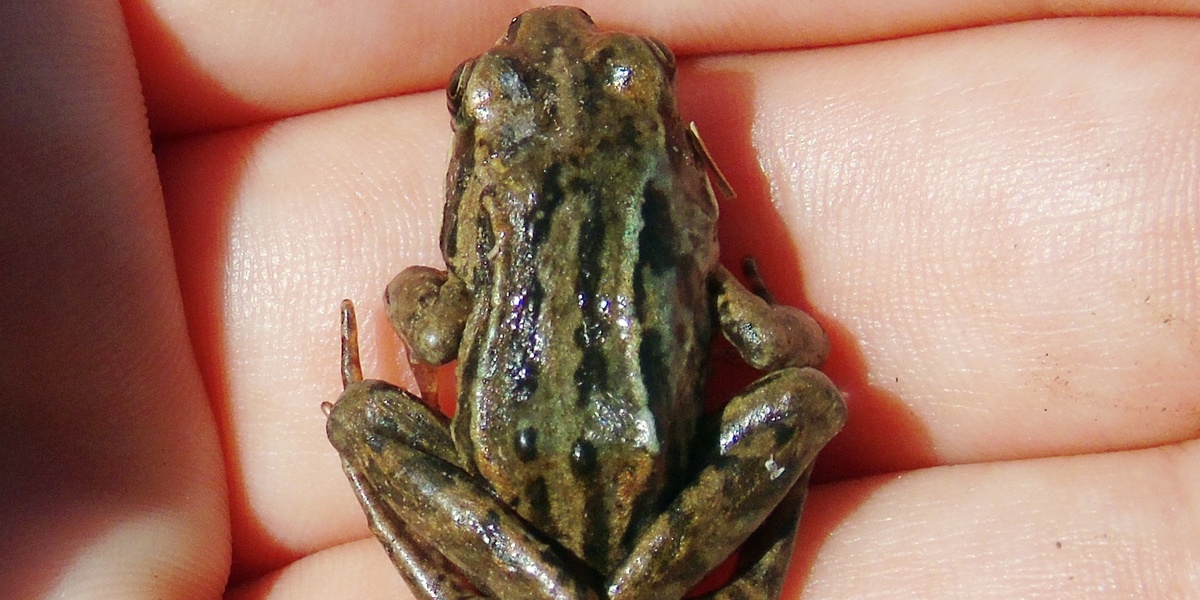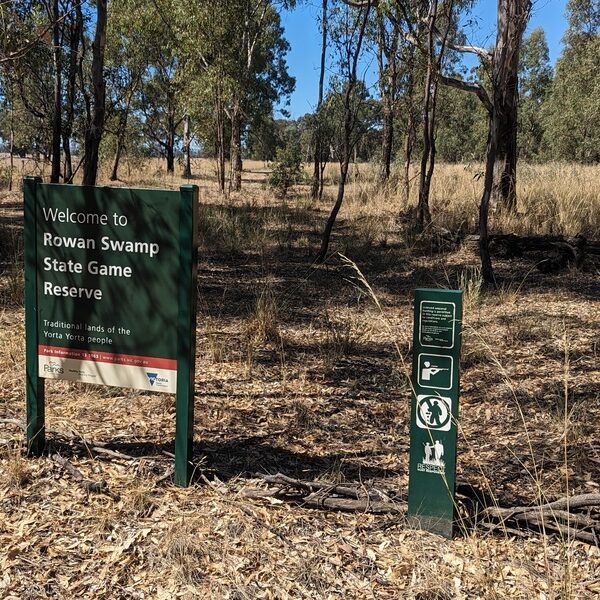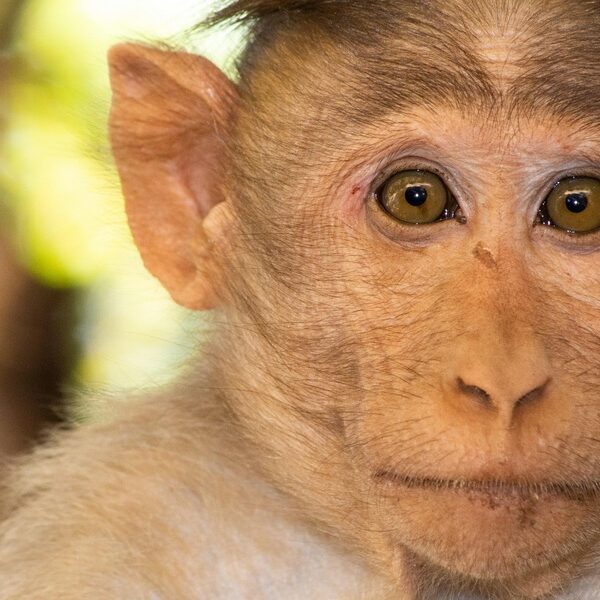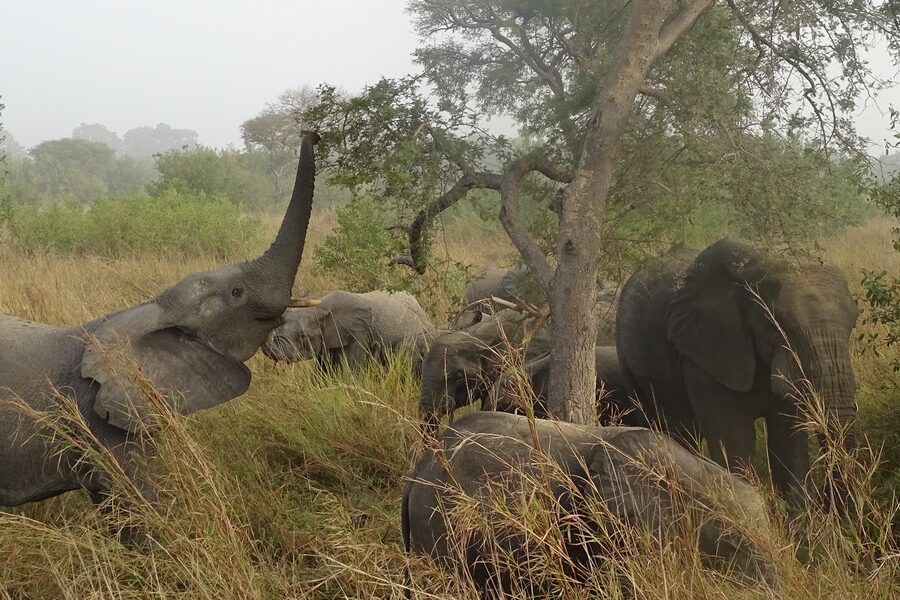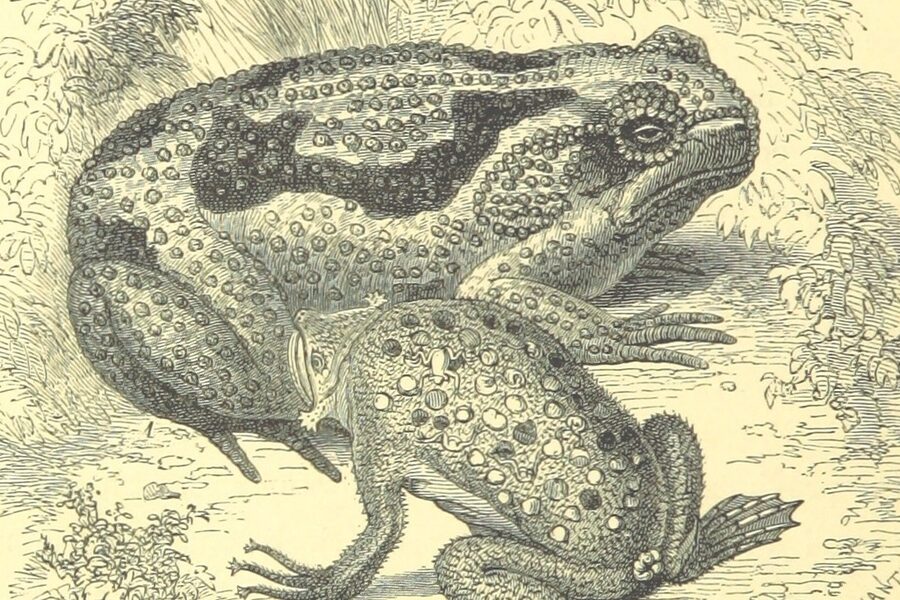Central Asia, a region often envisioned as vast steppes and towering mountain ranges, harbors a surprising diversity of life. Among its less conspicuous inhabitants are the amphibians, crucial indicators of ecosystem health that thrive in the region’s varied aquatic and semi-aquatic habitats, from arid plains to alpine lakes.
Delving into this fascinating group, this resource presents a comprehensive overview of Amphibians of Central Asia. You’ll find a complete list of 13 species, spanning from the widespread Central Asian Frog to the more distinct Turan Green Toad. For each, we’ve compiled essential data, including its Scientific Name, Average Length (cm), and Conservation Status, all organized for easy reference in the tables you’ll find below.
What makes Central Asian amphibians unique, and why are they important?
Amphibians in Central Asia often display remarkable adaptations to extreme climates, tolerating both severe cold and drought conditions. They play a vital ecological role by consuming insects, controlling pest populations, and serving as a food source for other wildlife. Their presence and health are key bio-indicators, reflecting the overall environmental quality of their diverse habitats, making their conservation crucial for the region’s biodiversity.
Are Amphibians of Central Asia typically rare or hard to spot?
While many amphibians are naturally secretive and often active at dusk or night, their perceived rarity varies. Some species, like the Central Asian Frog, can be relatively common in suitable wetlands and oases. Others have more restricted ranges or specific habitat requirements, making them less frequently encountered. Knowing their preferred habitats, such as near streams, ponds, or temporary water bodies, increases the chances of observing them.
Amphibians of Central Asia
| Common Name | Scientific Name | Average Length (cm) | Conservation Status |
|---|---|---|---|
| Siberian Salamander | Salamandrella keyserlingii | 9-12 | Least Concern |
| Semirechensk Salamander | Ranodon sibiricus | 15-20 | Endangered |
| Marsh Frog | Pelophylax ridibundus | 9-15 | Least Concern |
| Pewzow’s Toad | Bufotes pewzowi | 7-10 | Least Concern |
| Turan Green Toad | Bufotes turanensis | 5-8 | Least Concern |
| Common Toad | Bufo bufo | 8-13 | Least Concern |
| Moor Frog | Rana arvalis | 5-7 | Least Concern |
| Pallas’ Spadefoot Toad | Pelobates vespertinus | 5-7 | Least Concern |
| Perrin’s Green Toad | Bufotes perrini | 6-9 | Least Concern |
| Central Asian Frog | Pelophylax terentievi | 6-8 | Data Deficient |
| Ladakh Toad | Bufotes latastii | 6-8 | Least Concern |
| European Green Toad | Bufotes viridis | 6-9 | Least Concern |
| Oriental Tree Frog | Hyla orientalis | 3-5 | Least Concern |
Images and Descriptions
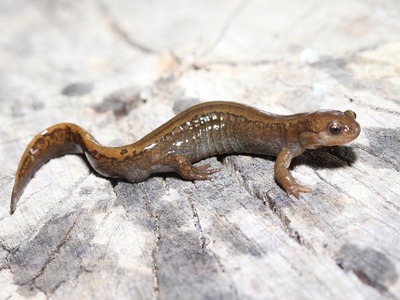
Siberian Salamander
An incredibly hardy survivor, this salamander can withstand being frozen solid for years in the permafrost of its northern range. It’s one of the few salamanders found in the vast expanses of northern Central Asia.
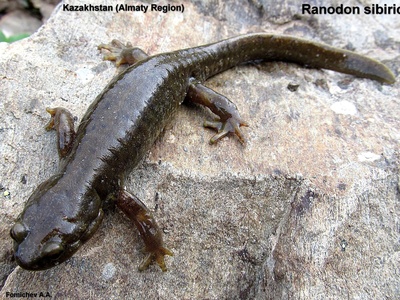
Semirechensk Salamander
A true Central Asian gem, this rare “mountain newt” is a living fossil found only in the cold, clear streams of the Dzungarian Alatau mountains. Its survival is critically threatened by habitat loss and pollution.
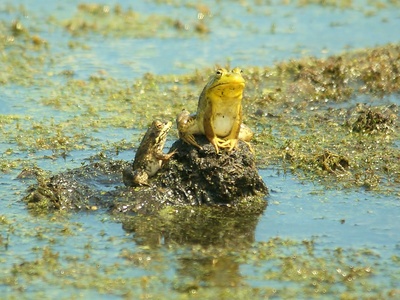
Marsh Frog
The largest native frog in the region, its loud, laughing calls are a common sound around lakes, ponds, and slow-moving rivers throughout Central Asia. It is highly aquatic and a voracious predator of insects and even small fish.
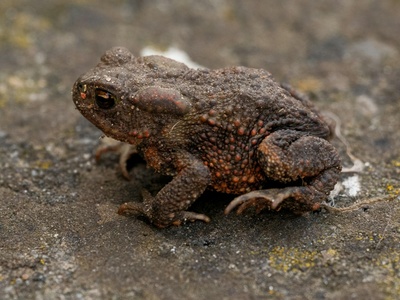
Pewzow’s Toad
A high-altitude specialist, this robust toad thrives in the mountainous regions of Central Asia, from the Tian Shan to the Pamirs. Its tough skin helps it retain moisture in the harsh, dry mountain air.
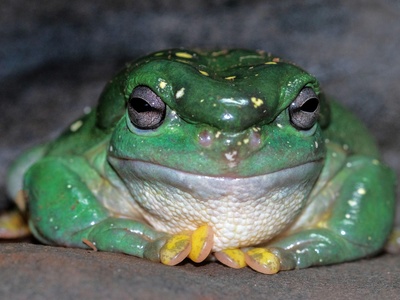
Turan Green Toad
Named after the Turan Depression, this toad is a master of survival in Central Asia’s deserts and lowlands. It burrows into the soil to escape the heat, emerging at night to hunt for insects around oases and rivers.
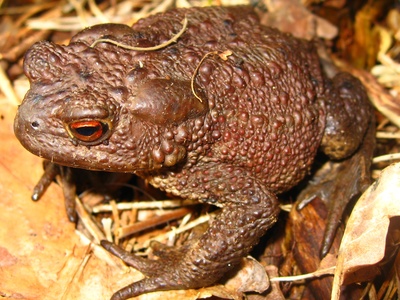
Common Toad
A familiar warty toad found across Europe, its range extends into the forested and steppe zones of northern Kazakhstan. It is a nocturnal hunter, slowly walking rather than hopping to catch its prey like insects and slugs.
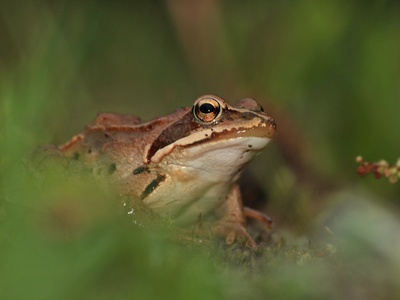
Moor Frog
Famous for the striking, sky-blue color that males develop during the brief mating season. This slender frog inhabits the wetter, northern fringes of the Central Asian steppe in Kazakhstan and adjacent Siberia.
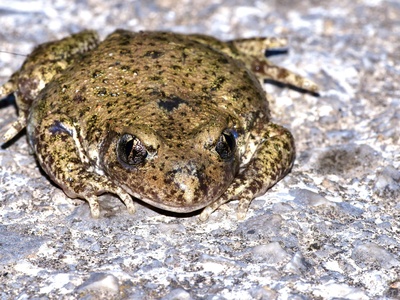
Pallas’ Spadefoot Toad
A secretive burrower, this toad uses the hard “spades” on its hind feet to dig backwards into loose soil. It spends most of its life underground, emerging only after heavy rains to breed in temporary pools.
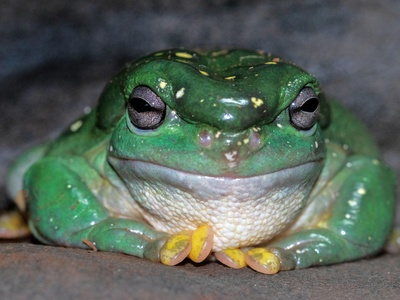
Perrin’s Green Toad
Part of the green toad complex, this species is well-adapted to the arid conditions of Central Asia. Its warty skin and camouflage help it blend into the dry landscapes near springs, rivers, and irrigation canals.
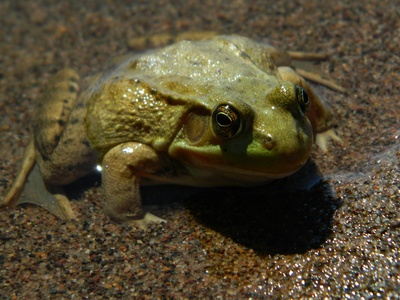
Central Asian Frog
Endemic to the region, this frog lives in the river valleys of Tajikistan and Uzbekistan. It is closely related to the widespread Marsh Frog but is smaller and faces significant threats from water diversion for agriculture.
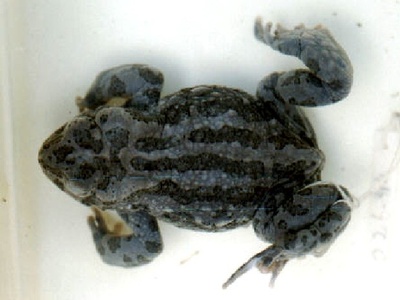
Ladakh Toad
An inhabitant of the high-altitude deserts and valleys of the Pamir mountains. This toad is uniquely adapted to life in one of the world’s highest and driest regions, breeding in glacial meltwater streams.
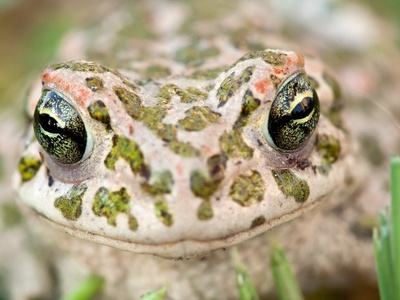
European Green Toad
Often found in steppe and semi-desert habitats, this adaptable toad is recognized by its distinct green blotches on a pale background. Its range just enters the westernmost parts of Central Asia, where it overlaps with related species.
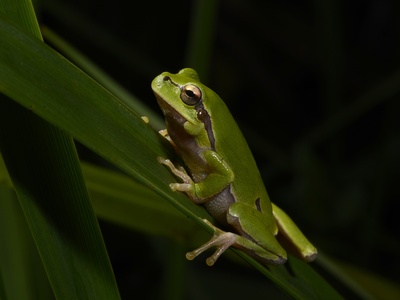
Oriental Tree Frog
A small, bright green frog whose range just touches the far western edge of Kazakhstan. Known for its climbing ability, it has adhesive toe pads that allow it to cling to reeds and bushes near water bodies.
